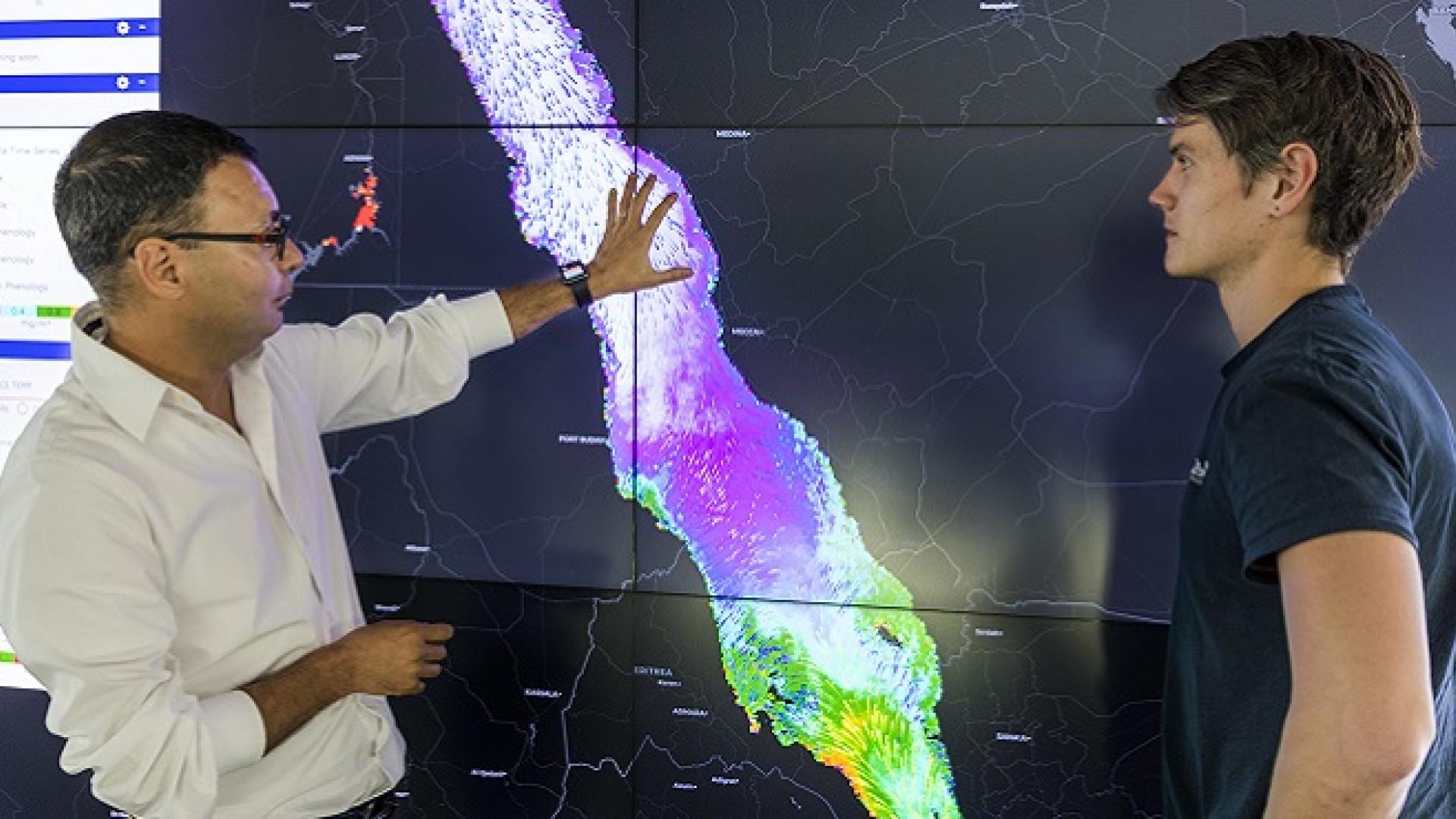© 2018 KAUST
Monitoring phytoplankton abundance could help to identify areas in the oceans that are susceptible to the impacts of climate change, suggest KAUST researchers.
Winter seasonal blooms of phytoplankton growth in the northern Red Sea are starting later, lasting for shorter periods, and ending earlier as sea surface temperatures rise. Phytoplankton, microscopic marine plants, are at the bottom of the food chain for many organisms, including humans, so a warming climate is likely to have a significant cascading impact on marine ecosystems and beyond.
“Phytoplankton form the base of oceanic food webs and support the growth of many marine organisms, including zooplankton, invertebrates, fish and large mammals, such as whales,” says John Gittings, an oceanography Ph.D. candidate at KAUST. “Phytoplankton are also important sequesters of carbon dioxide and help regulate Earth’s temperature. Through photosynthesis, they are also responsible for about 50 percent of the oxygen we breathe.”
KAUST researchers examined ocean color changes over an 18-year period (1998 to 2015) in the northern Red Sea. The data comes from European Space Agency satellite sensors that detect phytoplankton absorption of light for the process of photosynthesis. The team charted this data over time and compared it to temperature changes at the sea’s surface and within its deeper layers using computer simulations they had developed for the Red Sea.
They found that when the winters were warmer there was a rise in sea surface temperatures, leading to a decrease in heat exchange between the sea and the atmosphere. This, in turn, reduced mixing of deeper nutrient-loaded water with the more superficial layers of water where the phytoplankton live. Changes in nutrient availability for phytoplankton means that their winter seasonal growth spurts are later and shorter.
Read the full article

